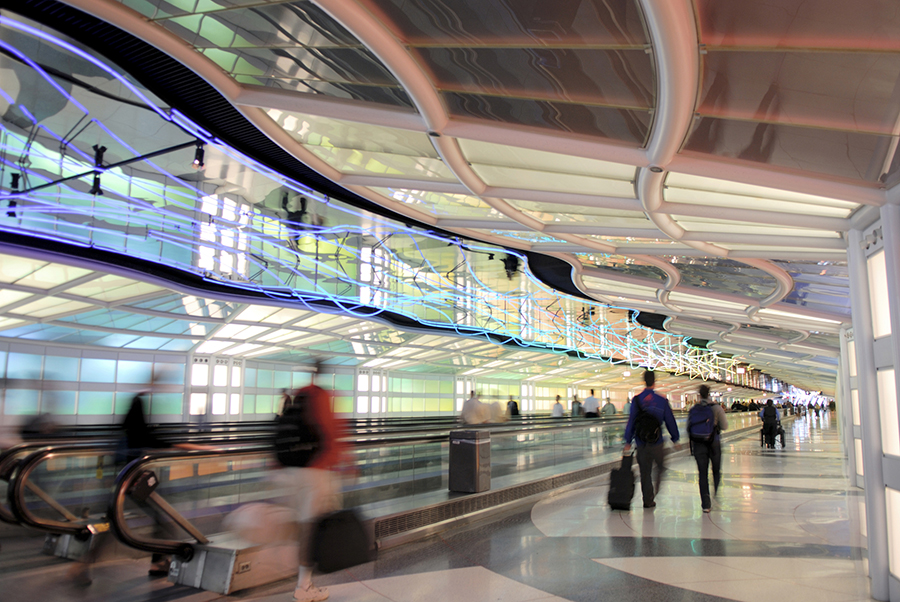The problem is simple. Many of our leading airports were built long before global passenger numbers hit one billion (1987), let alone two billion (2006) three billion (2013) or today’s 3.7 billion.
We need to see major investment if the global airport infrastructure is going to be able to handle the 8.2 billion passengers forecast for 2037, let alone five or six billion in the interim.
The issue is acute in many parts of the Americas, not just in terms of new airports, but also keeping existing airports fit for purpose. On average, US airport infrastructure is 40 years old and nearly US$130bn is needed in infrastructure upgrades by 2023. But many airports have no room to expand.
Technology is helping, using intelligence and automation to squeeze extra capacity from tired structures. But major investment is needed in both upgrading existing facilities to create extra capacity and building new airports. And significant investment is being made worldwide – as much as US$500bn on upgrading existing airports and US$267bn on new airports.
Staying fit for purpose
With bricks and mortar construction built to last for decades, the challenge is how to make the upgraded or new facilities future-proof? How can we ensure they’ll not only be fit for purpose for today’s technology, but also for technology innovations 10, 20 years down the line?
We have to find a balance between the operational and business goals of the new terminal, and the demands and challenges of construction. In the past, construction was dominant, with technology added – sometimes only at fitout stage.
But today’s and future technologies are opening up great opportunities for business efficiency, enhanced service and flexibility for capacity growth. So building a new facility (whether a pier, a terminal or entire airport) is an ideal opportunity to integrate a variety of systems together and leverage the opportunities offered by integration.
New mindset
It seems to me that we need to find a different way of planning and designing the competing priorities of technology and construction. There’s an inherently greater complexity of risk. And there’s the challenge of balancing ambition against practicality, resource management, and stakeholder management. It calls for a whole new set of skills. It calls also for a fresh approach by the owners of airports.
The traditional relationship of airlines and operational teams of landlords/tenants has to change. The mindset has to be that the airport is the owner and custodian of the ICT infrastructure.
From the outset of a project, the communications infrastructure needs to be defined and accommodated across the whole construction. So do the new generation of airport management, queue management, common-use, passenger and baggage screening systems.
If we are to optimize technology, then the range of master trades that need to be factored into the project from the outset is significantly increased – and many of those trades are very different from traditional construction trades.
Measuring capabilities
Another example can be taken at an operational level. SITA has developed a methodology to measure the airport’s operational capabilities across industry best practice spectrums. Understanding current performance is a critical first step before adding additional capacity.
Just as important is an assurance that additional capacity will improve performance in areas that need it, without negatively impacting areas that are already working well.
Information and communication technologies are already helping airlines and airports improve services and slash costs – while accommodating hundreds of millions more passengers. With hundreds of billions of dollars now being spent on building the physical infrastructure, joined-up thinking aligning technology with bricks and mortar is going to be critical to future success.
SITA AT AIRPORTS





 Share
Share



1 Comments